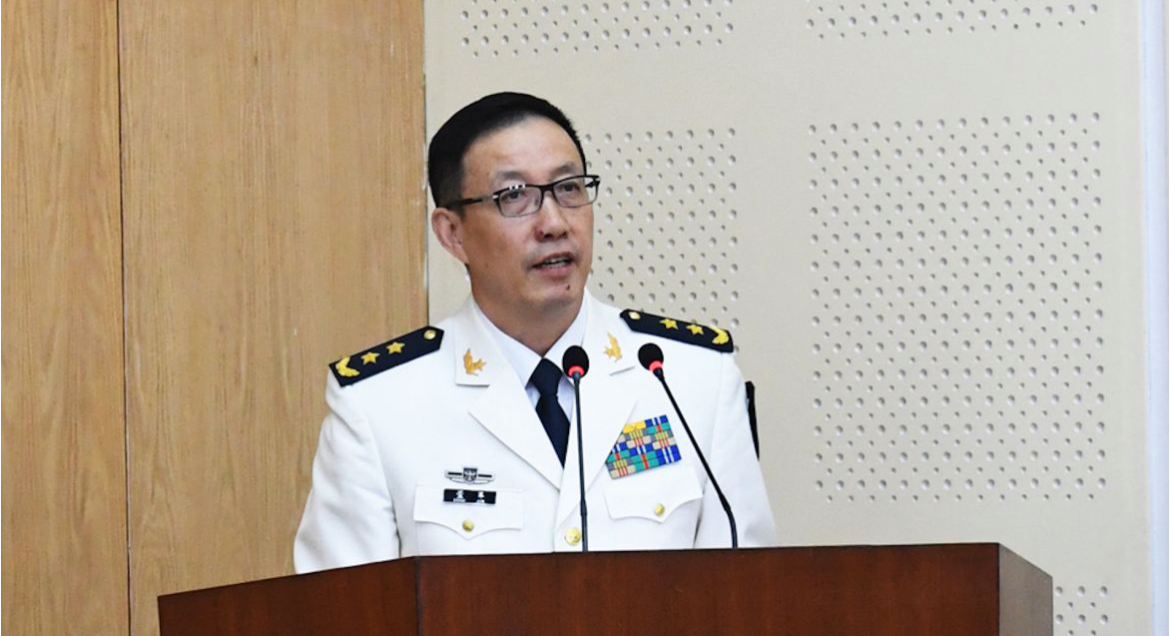
The People’s Liberation Army (PLA), the world’s largest standing military, is undergoing a period of significant upheaval. The sudden disappearance of Defense Minister Li Shangfu, followed by the unexpected appointment of Admiral Dong Jun, a figure with a predominantly naval background, has brought China’s military leadership’s inner workings and intentions into sharp focus. This change is part of a broader pattern of purges and reassignments within the military and defense sectors, signaling a significant shift in the PLA’s structure and strategy.
The PLA is undergoing a significant reorganization, focusing on increasing the role of the Navy and Air Force. This aligns with China’s growing military ambitions as it seeks to project power further in the field. The changes also reflect the increasing importance of technology in warfare as the PLA seeks to develop a more modern and capable military.
The upheaval in the PLA leadership will likely significantly impact the military’s operations. How the new leadership will handle the challenges facing the PLA remains to be seen, but it is clear that the Chinese military is entering a new era.
The purge and its motivations
At the same time, these changes hint at an attempt to address internal factions and dissent within the military. By installing leaders aligned with his policies, Xi Jinping could aim to create a more cohesive and unified military structure, free from the internal strife and factionalism that have historically plagued the PLA.
Impact on military capabilities
The repercussions of this internal restructuring are significant for the PLA’s operational capabilities. The purge has led to the departure of experienced military leaders, raising concerns about a potential gap in expertise and institutional knowledge. The abrupt leadership changes could disrupt established command structures and decision-making processes, potentially leading to inefficiency and a slow response to strategic challenges.
The uncertainty and shifts in leadership may also impact the morale and cohesion of the PLA’s personnel. The perception of instability and the focus on political loyalty over military expertise could lead to a decline in discipline and a loss of confidence among the ranks.
International relations and regional dynamics
The changes in China’s military leadership will likely have far-reaching implications for international relations, particularly in the Asia-Pacific region. Neighboring countries, already wary of China’s military assertiveness, may view the current instability as an opportunity or a threat, depending on their strategic interests and alliances.
The United States, in particular, is likely to monitor these developments closely. The lack of transparency surrounding the recent changes could exacerbate existing tensions and mistrust between China and the U.S., impacting diplomatic relations and potentially influencing military strategies in the region.
Future prospects and challenges
The future trajectory of the PLA is shrouded in uncertainty. A more centralized command under Xi Jinping’s control could increase assertiveness in territorial disputes and a more pronounced military presence on the global stage. However, this centralization may come at the cost of professional military expertise and institutional stability.
Conversely, the ongoing purges and leadership changes could provide an opportunity for systemic reform within the PLA. This transition period might pave the way for modernization efforts, fostering a more professional and efficient military better equipped to face contemporary challenges.
The ongoing transformation within the Chinese military represents a critical juncture with significant implications for China’s domestic politics, regional stability, and global power dynamics. While the immediate effects of these changes are becoming evident, their long-term impact on the PLA’s effectiveness, China’s foreign policy, and regional security remains to be seen.
As the world observes these developments, the direction China chooses to take will play a decisive role in shaping the geopolitical landscape. Whether this period marks the beginning of a profound reform within the PLA or a mere consolidation of power under Xi Jinping will be a key factor in determining China’s future role on the global stage.
